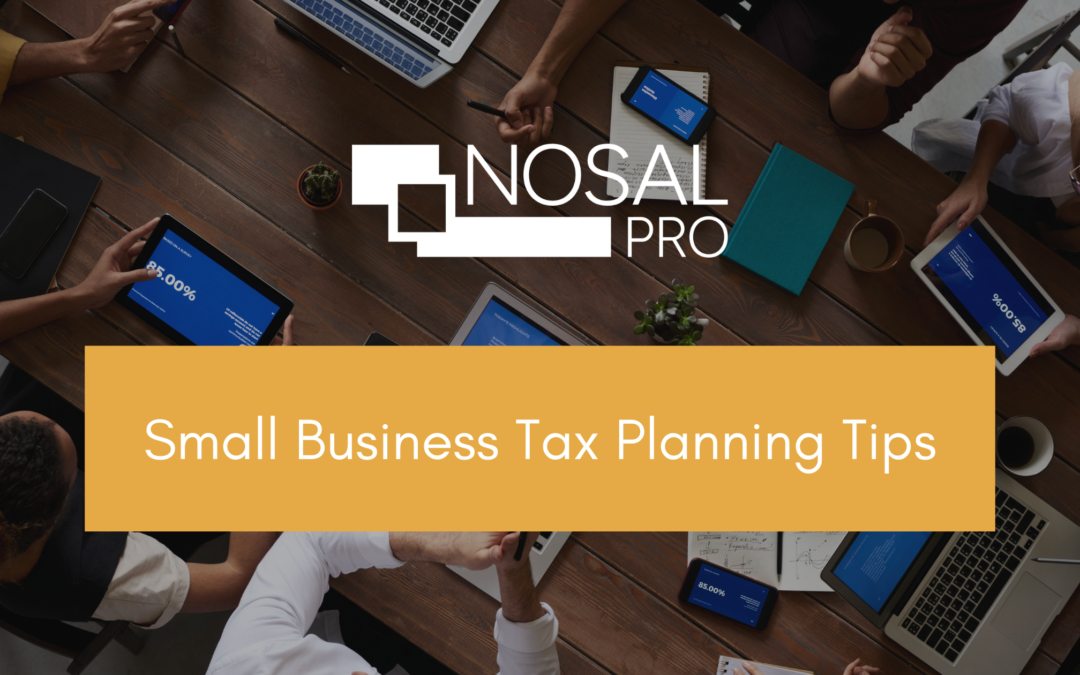What a 529 Plan Is
A 529 plan is a savings account designed to help pay for education. The money you put in grows
without taxes, and when used for approved education costs, you don’t pay taxes when you take it
out.
You can open one for your child, grandchild, or even yourself.
Every state offers them, and you don’t have to use your own state’s plan.
While you don’t get a federal tax deduction, many states give you state tax breaks for
contributing.
Money grows tax-free, and withdrawals for eligible education expenses are also tax-free.
What Changed With the OBBBA
The new law makes 529 plans much more flexible. Here’s what’s new:
1. Beyond College: Career Credentials
Starting July 5, 2025, 529 funds can be used for much more than just college:
Professional licenses and exams (CPA, bar exam, driver’s license for truckers, etc.).
State- or federally recognized training programs (health care, tech, construction,
manufacturing, etc.).
Continuing education to maintain credentials (for doctors, teachers, lawyers, accountants,
real estate agents, etc.).
Apprenticeship programs approved by the Department of Labor.
Military-approved credential programs.
Basically, it’s no longer just for college — it now covers all kinds of career and skills training.
2. Everyday Education Costs (K-12)
Previously, 529s for K–12 (kindergarten through high school) could only be used for tuition.
Now they can also cover:
Books, materials, and online resources.
Tutoring or special classes (if the tutor is a licensed teacher).
Standardized test fees (SAT, ACT, AP, etc.).
Dual-enrollment courses (college classes taken in high school).
For students with disabilities: therapy costs from licensed professionals.
And starting in 2026, the annual withdrawal limit for K–12 expenses doubles from $10,000 to
$20,000.
3. More Options for Adults
You can open a 529 for yourself or your spouse.
Use it for career changes, continuing education, or new certifications.
If the funds aren’t needed, you can:
o Switch the account to another beneficiary (like a child or grandchild).
o Roll over up to $35,000 into a Roth IRA.
Why This Matters
Flexibility: The money isn’t “trapped” if your child doesn’t go to college.
Broader use: Now applies to trades, professional credentials, continuing education, and
K-12 learning support.
Tax-free growth: Savings still grow without taxes as long as you spend on approved
education expenses.
Big Takeaway: A 529 plan is no longer just a “college savings plan.” It’s now a lifelong
learning and career savings tool — useful for kids, adults, and families alike.










